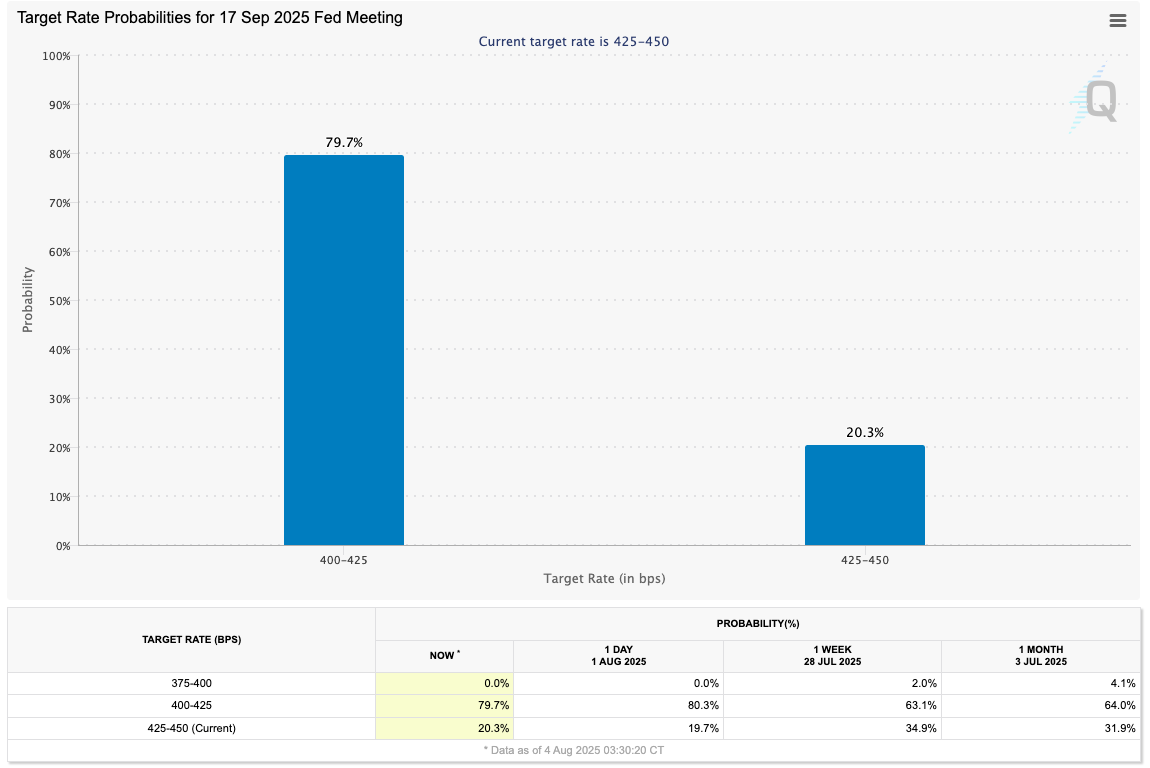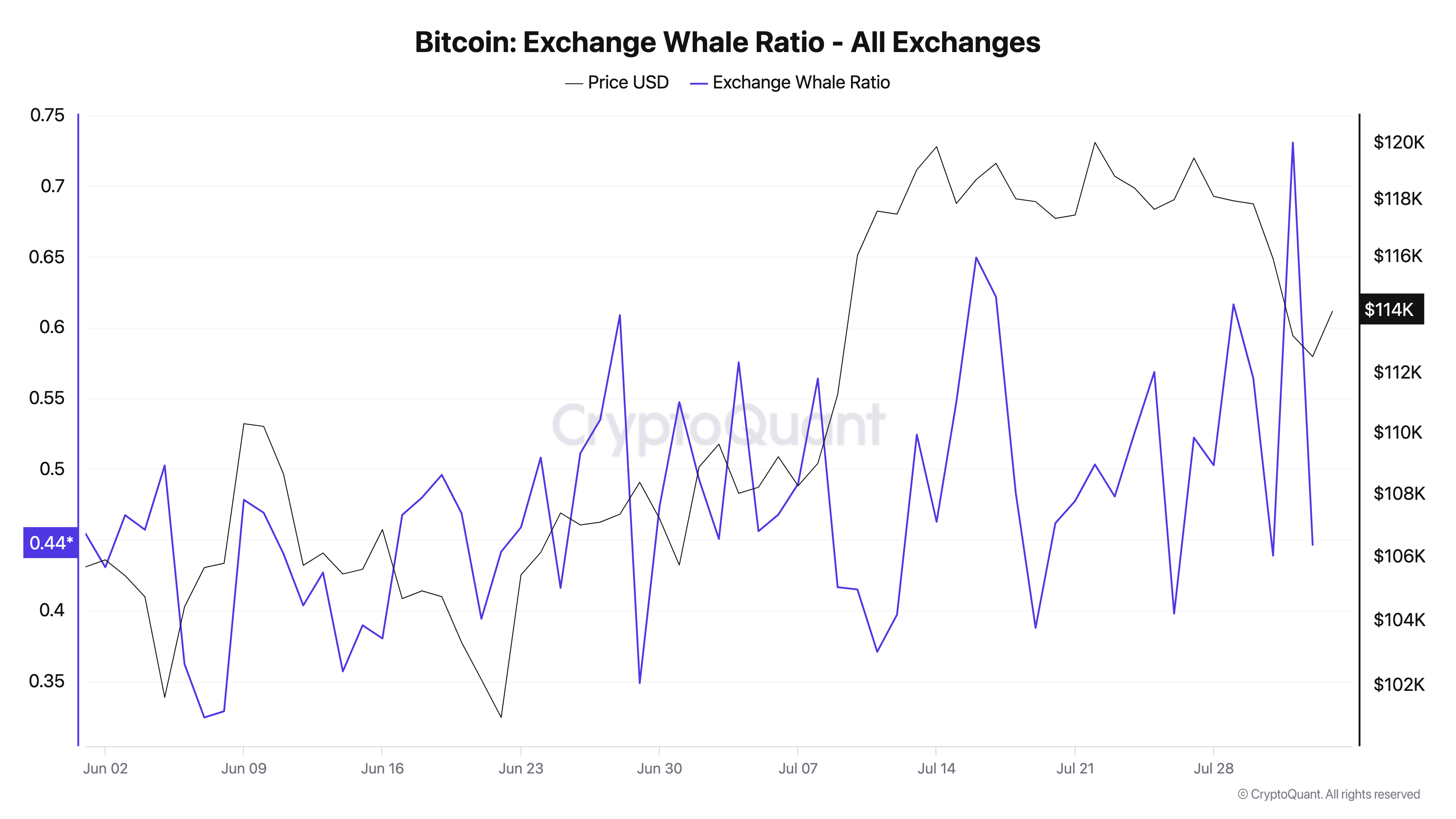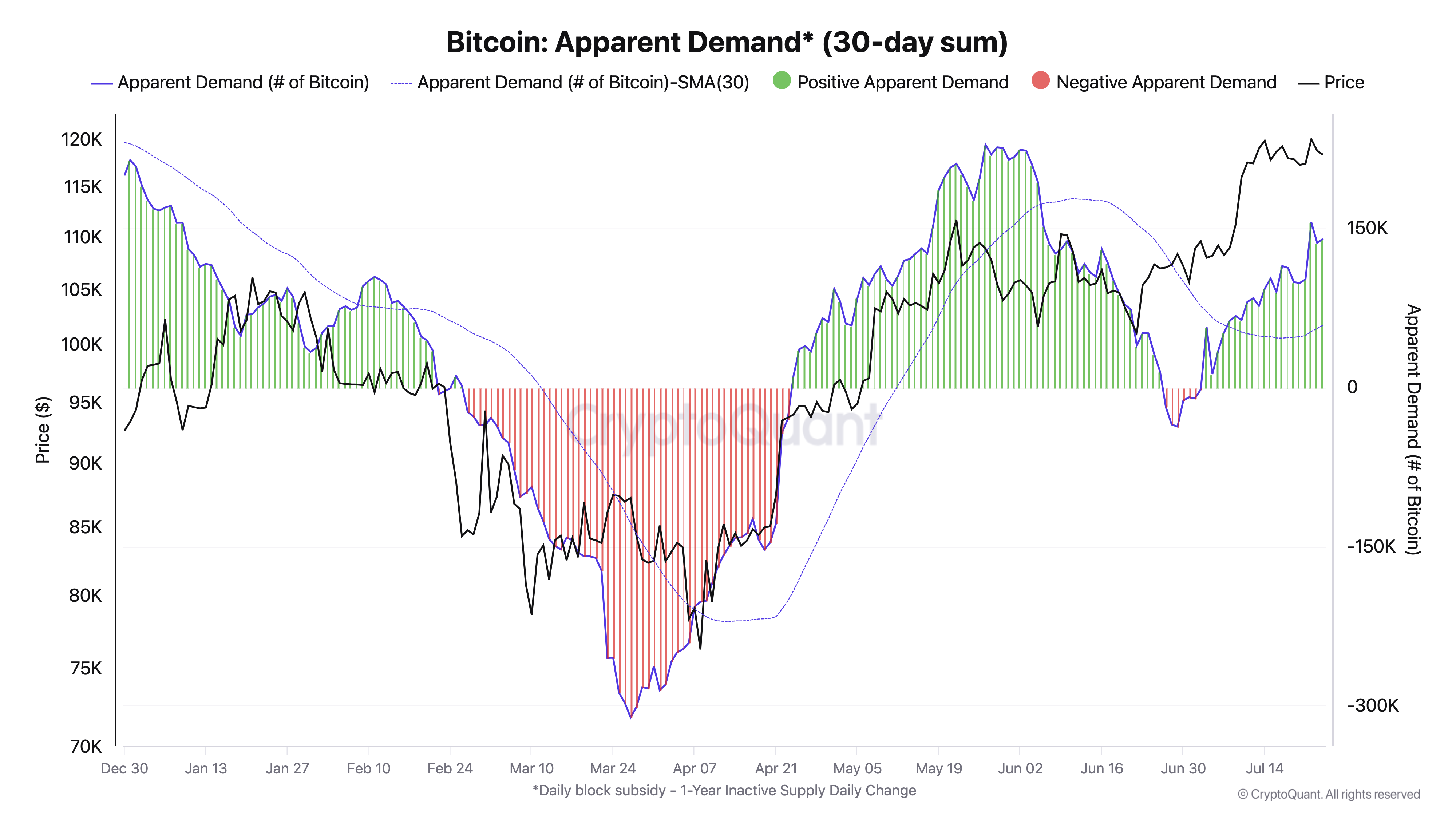Bitcoin price volatility remains high in August 2025, with $116,500 acting as a key price magnet amid mixed market sentiment and growing expectations of a Federal Reserve rate cut.
-
Bitcoin’s recent dip below $112,000 triggered widespread selling from both retail investors and whales.
-
Market experts highlight that current price action differs fundamentally from January’s all-time highs, signaling a unique trading environment.
-
Federal Reserve interest rate decisions in September are expected to heavily influence Bitcoin’s short-term trajectory.
Bitcoin price volatility intensifies with $116,500 as a critical level; stay informed on market trends and Federal Reserve impact for strategic insights.
$116,500 Emerges as a Critical BTC Price Magnet in August 2025
Bitcoin’s price action in early August 2025 is marked by a tug-of-war around the $116,500 level, identified as a significant “magnet” by market analysts. After dipping below $112,000 last week, Bitcoin is now pushing toward $115,000, reflecting a market divided between expectations of a correction and hopes for new all-time highs. Data from internal sources and trading platforms confirm that short BTC positions are likely to be liquidated near this level, fueling volatility.
Market Sentiment and Volatility Outlook for Bitcoin
Leading traders note that Bitcoin’s price volatility in August is expected to exceed recent months, with historical patterns showing monthly price swings of at least 10%. Current movements have been relatively muted, with a 3.6% high-to-low range so far. This suggests a potential for larger price fluctuations as the month progresses, though direction remains uncertain. Expert commentary emphasizes that smart money is closely watching order-book liquidity around $116,500, anticipating significant market moves.

BTC/USD 1-hour chart. Source: COINOTAG internal data
How Does Bitcoin’s Current Price Action Compare to January 2025?
Bitcoin’s price behavior in August 2025 contrasts with the retracement seen after January’s all-time highs. While January’s pullback involved a drop below the 50-day exponential moving average (EMA) which then acted as resistance, current price levels remain mostly above this trendline near $112,900. Analysts argue that the market structure and macroeconomic context have shifted, particularly with growing expectations of a US interest-rate cut in September, reducing the likelihood of a similar prolonged correction.
Expert Analysis on Trendline Support and Market Structure
Market strategist CrypNuevo highlights that the 50-day EMA is currently serving as support rather than resistance, a key difference from earlier in the year. This suggests that Bitcoin’s price may find a floor near $110,000 if it dips further. The evolving macroeconomic environment, including Federal Reserve policy signals, supports a more bullish outlook compared to the January scenario.

BTC/USD 1-day chart with 50EMA. Source: COINOTAG internal data
Why Is the Federal Reserve’s September Meeting Crucial for Bitcoin?
The Federal Reserve’s upcoming September meeting is a focal point for Bitcoin investors, as market consensus increasingly favors a 0.25% interest rate cut. This expectation follows mixed inflation data and a robust labor market, which have so far kept rates steady. Political tensions and public criticism of Fed Chair Jerome Powell add complexity to the policy outlook. The Fed’s decisions will likely influence Bitcoin’s price volatility and investor sentiment in the near term.
Market Reactions to Fed Policy and Economic Indicators
Recent jobs reports and inflation figures have created uncertainty, causing market expectations to fluctuate. However, CME Group’s FedWatch Tool data indicates a strong probability of rate easing in September. Senior Fed officials’ upcoming speeches will be closely monitored for further guidance. This macroeconomic backdrop is a key driver behind Bitcoin’s current price dynamics and volatility.

Fed target rate probabilities for September FOMC meeting. Source: CME Group data
How Are Large and Small Bitcoin Holders Reacting to Recent Price Dips?
Bitcoin’s drop below $112,000 triggered a widespread sell-off involving both retail investors and large whales. Onchain analytics reveal that over 40,000 BTC were transferred to exchanges at a loss by short-term holders on August 1 alone. Simultaneously, the exchange whale ratio reached dominating levels, indicating that whales are significantly contributing to selling pressure. This coordinated selling activity typically precedes rapid price declines.
Onchain Data Highlights Market De-risking Trends
CryptoQuant’s analysis shows that when whale deposits dominate exchange inflows, selling pressure intensifies. Contributor Arab Chain warns that continued whale selling could further depress Bitcoin’s price. This data underscores the importance of monitoring large holder behavior to anticipate market shifts.

Bitcoin exchange whale ratio. Source: CryptoQuant
What Is the Current Demand Outlook for Bitcoin?
Despite recent volatility, Bitcoin demand remains robust according to onchain metrics. The Apparent Demand ratio, which compares newly mined Bitcoin to supply inactive for over a year, remains positive. Over the past 30 days, approximately 160,000 BTC have been accumulated, signaling sustained investor interest. Accumulator wallets have increased exposure by 50,000 BTC in the same period, reinforcing a bullish demand trend.
Long-Term Demand Trends Support Market Stability
Over-the-counter (OTC) desk holdings have grown significantly, now exceeding half a million BTC compared to 145,000 BTC in 2021. This accumulation by institutional and private buyers suggests confidence in Bitcoin’s long-term value. Analyst Darkfost concludes that demand-side indicators show no major signs of weakening, despite short-term price fluctuations.

Bitcoin apparent demand (30-day sum). Source: CryptoQuant
| Metric | Value | Comparison |
|---|---|---|
| Bitcoin Price Range (Aug 2025) | ~3.6% | Below 10% average monthly volatility (past 4 years) |
| BTC Accumulated (Last 30 Days) | 160,000 BTC | Positive demand trend |
| OTC Desk Holdings | 500,000+ BTC | Up from 145,000 BTC in 2021 |
Frequently Asked Questions
What is causing Bitcoin’s price volatility in August 2025?
Bitcoin’s price volatility is driven by mixed market sentiment, significant sell-offs by both retail and whale investors, and anticipation of Federal Reserve interest rate decisions in September.
How does the Federal Reserve’s policy impact Bitcoin prices?
Federal Reserve interest rate changes influence investor confidence and liquidity, directly affecting Bitcoin’s price movements and market volatility.
Why is $116,500 considered a key Bitcoin price level?
$116,500 acts as a liquidation point for short positions and a magnet for price action, making it a critical level for traders and market stability.
Key Takeaways
- Bitcoin’s $116,500 price level is pivotal: It serves as a magnet for price action and triggers short position liquidations.
- Market structure differs from January 2025: Current support levels and macro conditions suggest a less severe retracement.
- Federal Reserve policy remains a major influence: Rate cut expectations for September are shaping investor behavior.
- Large and small holders are selling: Onchain data shows coordinated sell-offs, increasing short-term pressure.
- Demand remains strong: Accumulation trends and OTC holdings indicate sustained long-term interest in Bitcoin.
Conclusion
Bitcoin’s price volatility in August 2025 reflects a complex interplay of technical levels, macroeconomic factors, and investor behavior. The $116,500 level acts as a crucial pivot point amid mixed market sentiment. While short-term selling pressure exists, robust demand and evolving Federal Reserve policies suggest potential for renewed strength. Investors should monitor key support levels and macroeconomic developments closely as the market navigates this uncertain phase.






